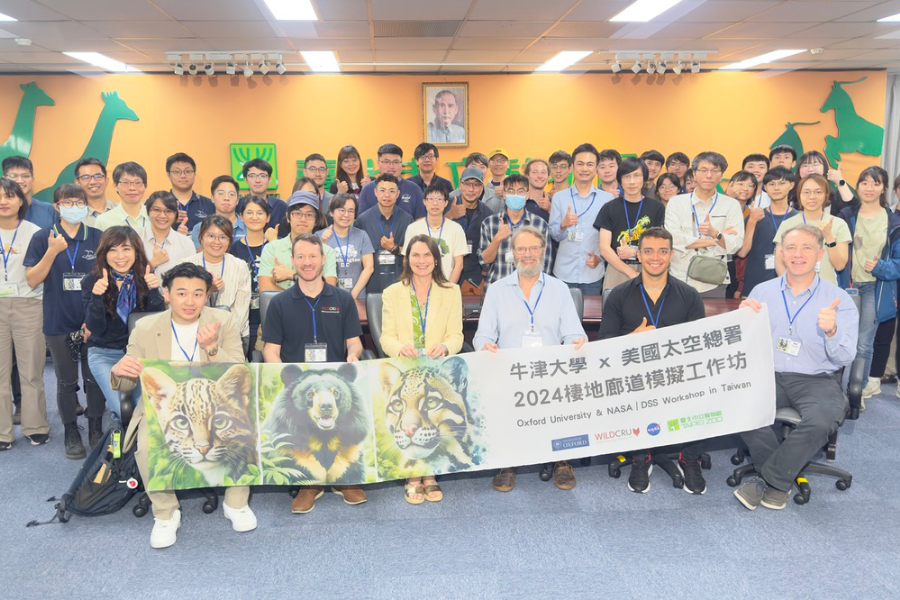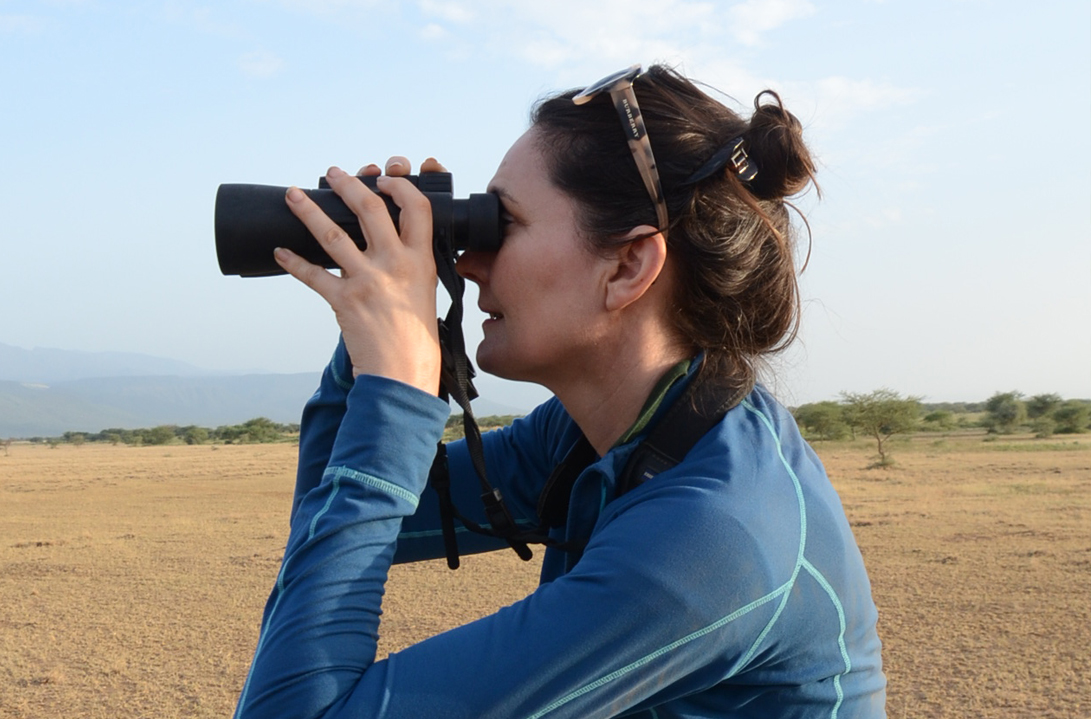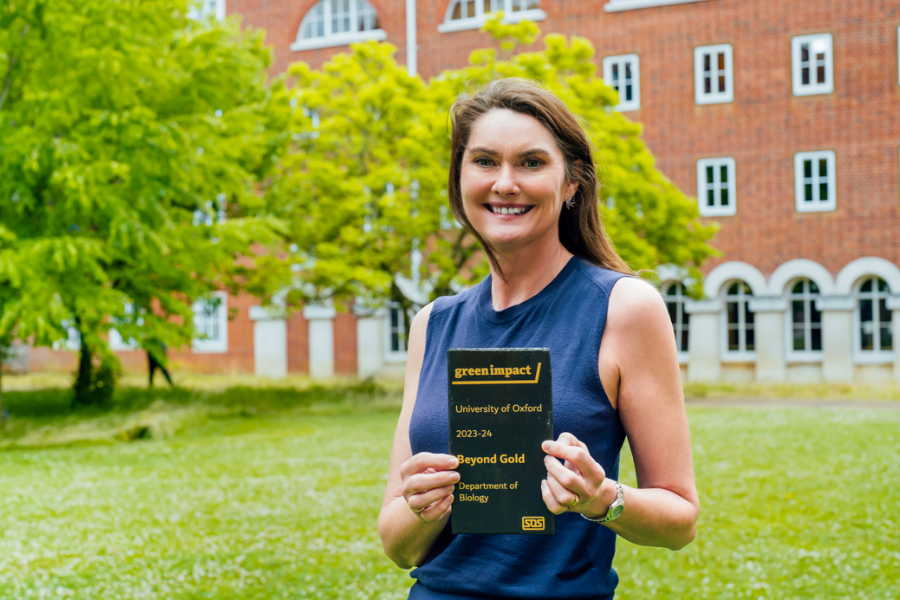
Research Fellow
Dr Dawn Burnham
she/her
Sustainability Lead of the Department of Biology | Programme Manager of the Eurasian Felid Programme
PROFILE
Dawn Burnham is Programme manager of the Eurasian Felid Programme, a member of WildCRU’s Senior Management Team and co-lead of WildCRU’s Conservation Recovery Theme. Since 2021 she has been the Sustainability Lead for the Department of Biology.
In the Eurasian Felid Programme she is a manager and researcher supporting and contributing to a large portfolio of programmatic, collaborative research grants with a range of academic and business stakeholders both internal and external to the University. As a key member of this programme Dawn has been instrumental in the development and delivery of WildCRU’s new Decision Support System, ‘Connecting Landscapes’, a user-friendly, online system revolutionizing access to advanced wildlife connectivity modelling to optimize the trade-off between conservation and development. This work spans Africa, South America and Asia with a species focus on lion, jaguar and clouded leopard as emblems for those regions. In 2024, she contributed to training workshops throughout Asia reaching more than 300 regional stakeholders, equipping them to predict the impact of development and landscape change on wildlife populations. As co-lead of the Conservation Recovery Theme she has organized several workshops on performance measures in conservation translocations.
Dawn’s work as the Sustainability Lead for the Department of Biology led to a Beyond Gold Award in the University’s Green Impact scheme. She received the Vice Chancellor’s Award for Environmental Sustainability in 2022, in recognition of her dedication to championing environmental sustainability efforts within WildCRU, the Department and the wider University Estate and supporting the University’s ambitious targets to achieve net zero carbon and biodiversity net gain by 2035.
Dawn gained her PhD in 2004 from Manchester Metropolitan University on the behavioural ecology of bachelor male patas monkeys in Kenya. She quantitatively assessed the habitat quality of bachelor male ranges and explored other factors affecting their ranging patterns. Previously she worked in Zambia on blue monkeys, contributing to a wildlife management plan for Kasanka National Park, and her Masters thesis was on the social organisation of long-tailed macaques on the island of Sumba, Indonesia. Throughout she has sought insights from behavioural sciences to understand how animals respond to environmental pressures, building on her undergraduate training in ecology (BSc, Guildhall London).
In 2013 she co-edited, together with Dr Susan Cheyne, a Special Issue of the journal Folia Primatologica on Primate-Predator Interactions, based on a Primate Society of Great Britain conference she had organized in 2012 entitled Primate-Felid Interactions at WildCRU’s Tubney House. Her H-Index is 22.
Another research interest is concerned with identifying the key national and international-level economic, political, and governance risks that affect the conservation of large mammals. Dawn was a member of the scientific and organising committee of the first Conservation Geopolitics Forum at Worcester College, Oxford, to develop conversations across disciplines, including conservation ethics.




SELECTED PUBLICATIONS
Socio-political and ecological fragility of threatened, free-ranging African lion populations
Understanding nuanced preferences for carnivore conservation: to know them is not always to love them
Finding Purpose in the Conservation of Biodiversity by the Commingling of Science and Ethics
Simulating the impact of Belt and Road initiative and other major developments in Myanmar on an ambassador felid, the clouded leopard, Neofelis nebulosa
Conservation Geopolitics
A Cultural Conscience for Conservation
Socio-political and ecological fragility of threatened, free-ranging African lion populations
Lions are one of the world’s most iconic species but are threatened with extinction. Developing effective range-wide conservation plans are crucial but hampered by the relative lack of knowledge on specific threats facing each population and the socio-political context for conservation. Here, we present a range-wide examination of the relative fragility of lion populations, examining socio-political factors alongside ecological ones. We found Ethiopia’s Maze National Park had the most ecologically fragile geographic population while Kavango-Zambezi was the least. At a country level, lion populations had highest ecological fragility in Cameroon and Malawi. When we examined socio-political fragility, Somalia was the most fragile lion range country, followed by South Sudan. When socio-political and ecological fragility were combined, lion populations in Maze National Park and Bush-Bush (Somalia) and more broadly, Somalian and Malawian lion populations were the most fragile. These insights should help inform more nuanced and appropriately targeted lion conservation plans.
Understanding nuanced preferences for carnivore conservation: to know them is not always to love them
In a study of more than 3,000 participants from nine countries, we explored peoples’ preferences for the conservation of two groups of species that frequently interact with humans : large carnivores (n=29 species in the order Carnivora with average adult body mass > 15kg), and wild canids and wild felids (n=73 species). We presented participants with pairs of photographs and recorded which they would prioritise for conservation. We also attempted to identify the species attributes which were associated with preference. Among the large carnivores, respondents prefered felids over hyaenids and canids. For large carnivores, images of species in social groups attracted lower preference scores. Felids were strongly preferred to canids. Both for large carnivores overall, and for felids and canids, people preferred species with a more threatened IUCN status, larger body size and striking torso colouration. The effect of peoples’ familiarity with a species on their preference depended on their affinity with it (how much they reported ‘liking’ it). Where respondents reported liking a species in the felid/canid study, preference score tended to increase with familiarity. For species which were not liked, preference declined with familiarity. We propose that this reflects negative experiences or cultural histories. There were nuanced differences in conservation preferences between countries, which may also arise from socio-cultural factors. These findings reinforce the importance of understanding the local context when identifying species as potential flagships for wildlife conservation but also suggest that some preferences seem to broadly generalise across different groups of stakeholders.